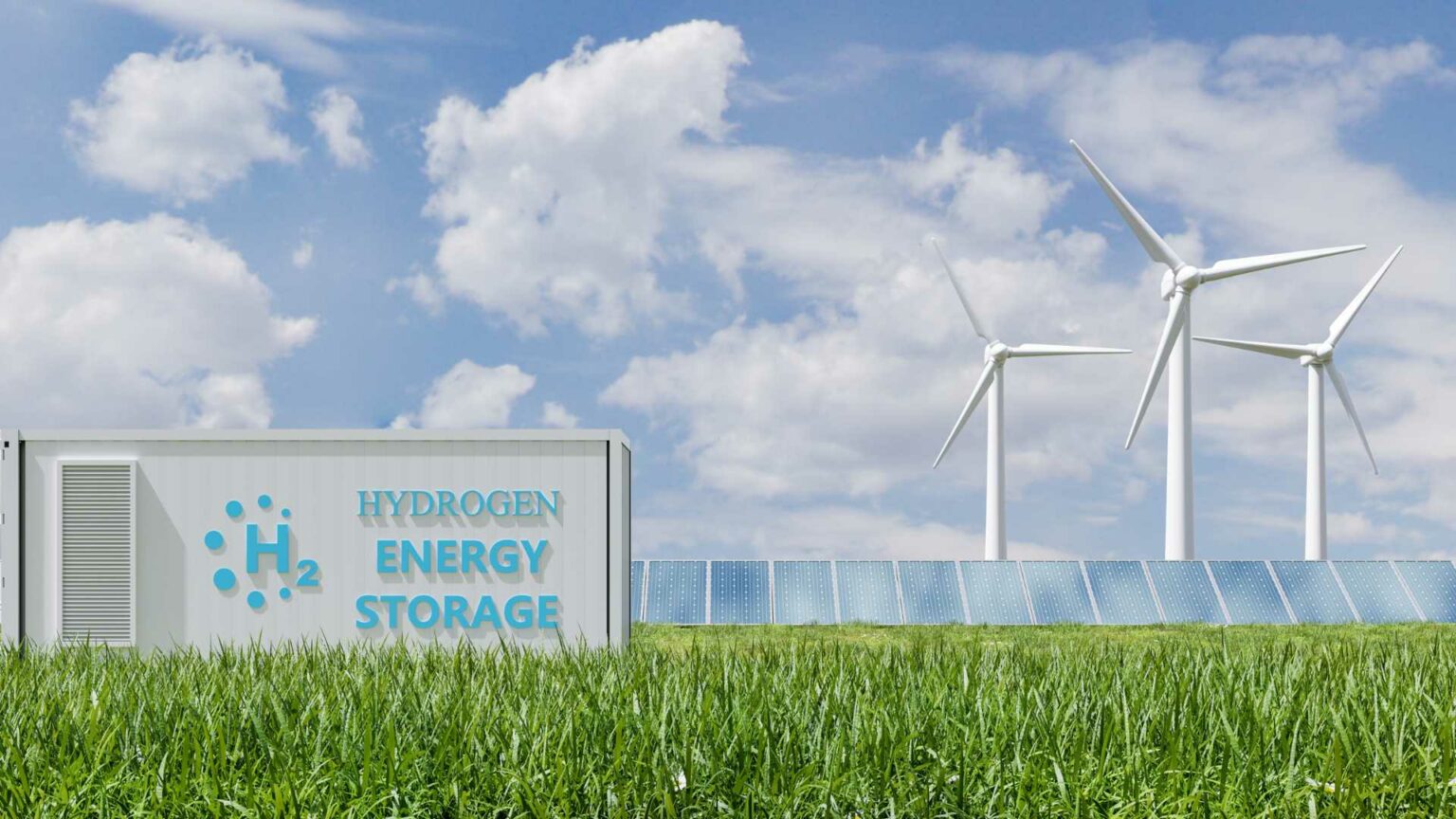This research, published in the International Journal of Hydrogen Energy by authors Zhen Yang, Xiaochuan Wang, Jincheng Hu, Chaoyu Xu, and He Deng, provides a comprehensive safety analysis of hydrogen explosion accidents at underground hydrogen storage sites.
The primary aim of this study is to analyze the safety implications of hydrogen explosion accidents in underground hydrogen storage systems using salt caverns. These caverns are considered ideal storage locations due to their cost efficiency, safety, and minimal hydrogen loss rates. The research sets out to establish a three-dimensional model of an aboveground station at these storage sites to understand the dynamics and risks associated with potential explosion scenarios.
Key Findings
The research explores the spatial-temporal evolution process of hydrogen explosion accidents. The team identified four stages in this process and analyzed the impact of various factors such as equivalence ratios and ignition positions on the explosion behavior. They determined that these elements significantly affect the explosion development and the associated risks.
The study’s results indicate that overpressure and high-temperature flames originating from the compressor room can severely impact nearby infrastructure, particularly the metering station. The flames can create a large area of high temperature and pressure, causing potential damage and posing a serious risk to personnel.
A key component of the research involves the calculation of safe distances around the storage installations. The team identified minimum safety distances in the direction perpendicular to the hydrogen flow, which are 47.6 meters and 43.9 meters, respectively. This finding is crucial for the design and emergency planning of storage facilities to ensure the safety of workers and surrounding environments.





